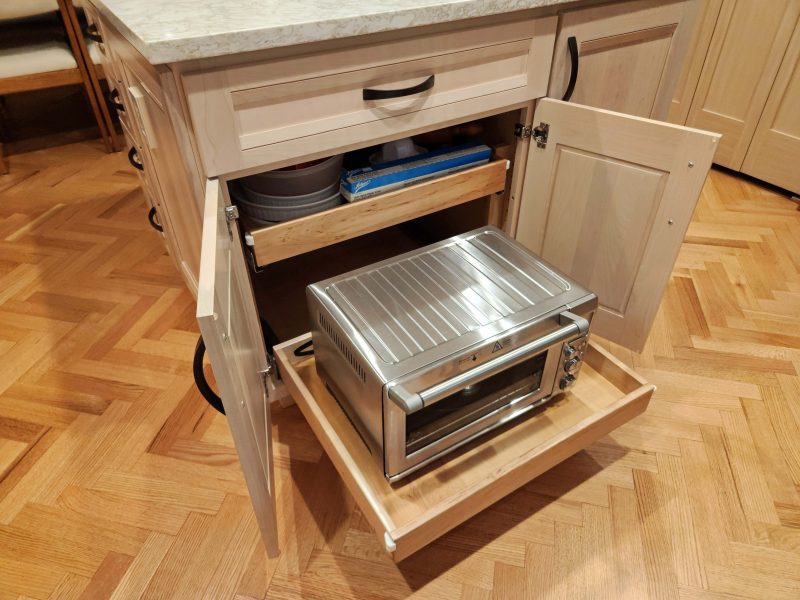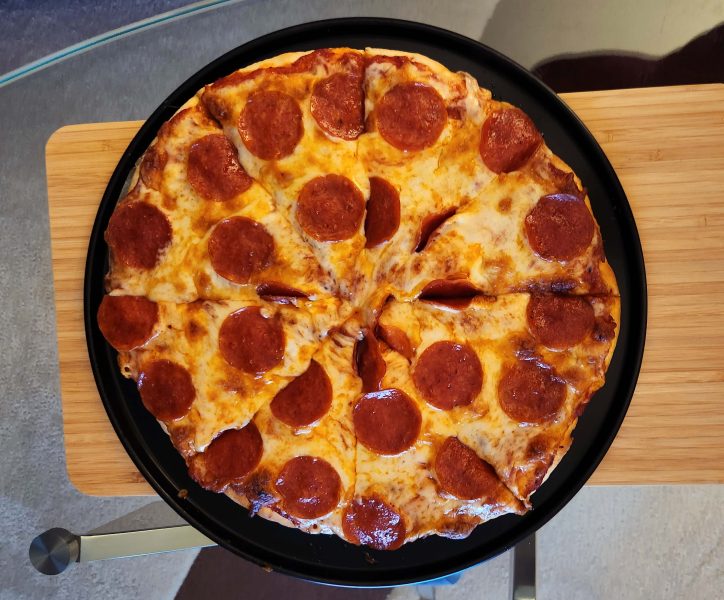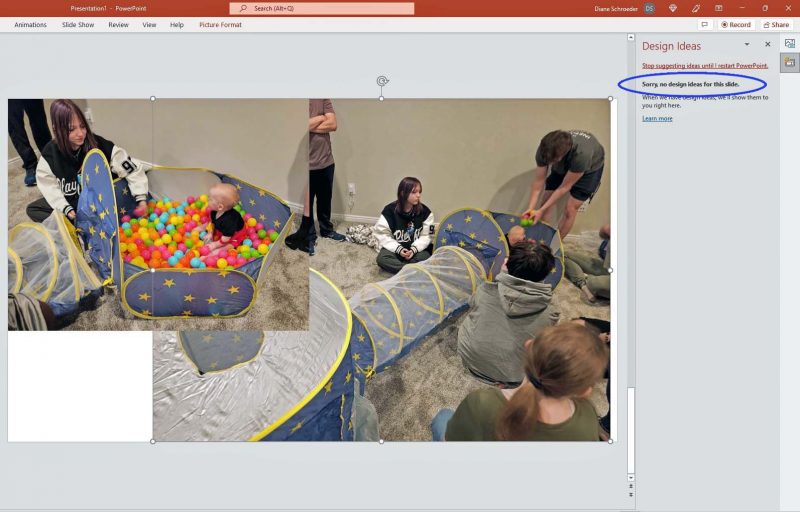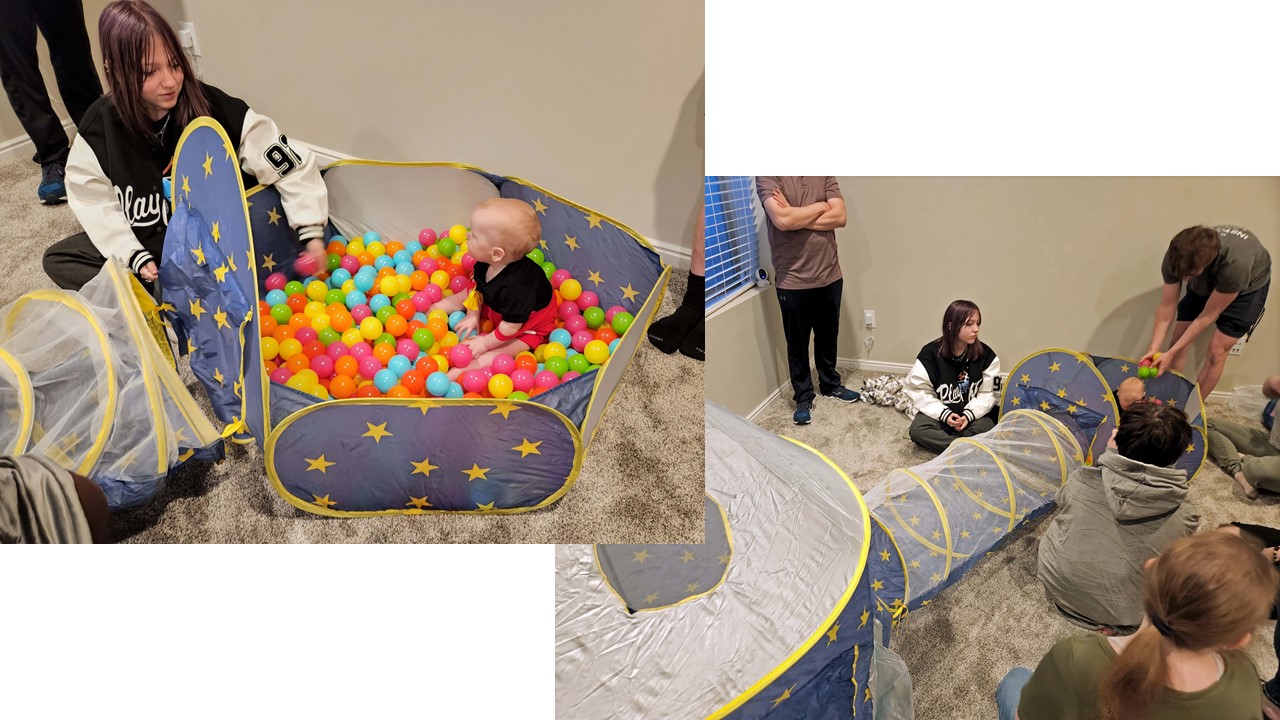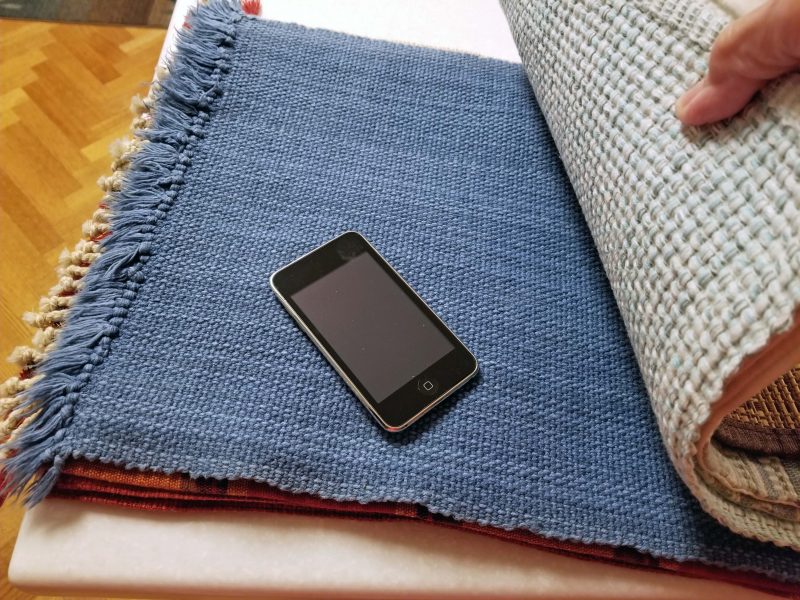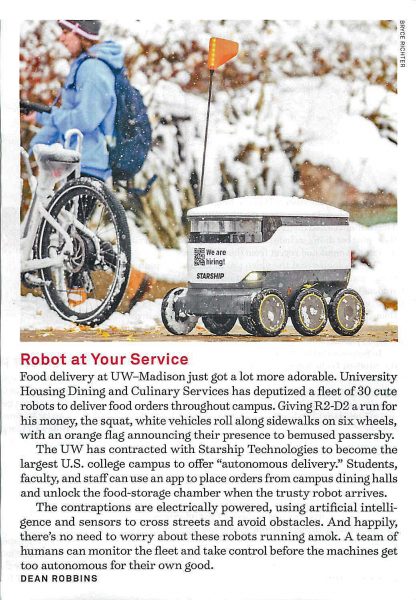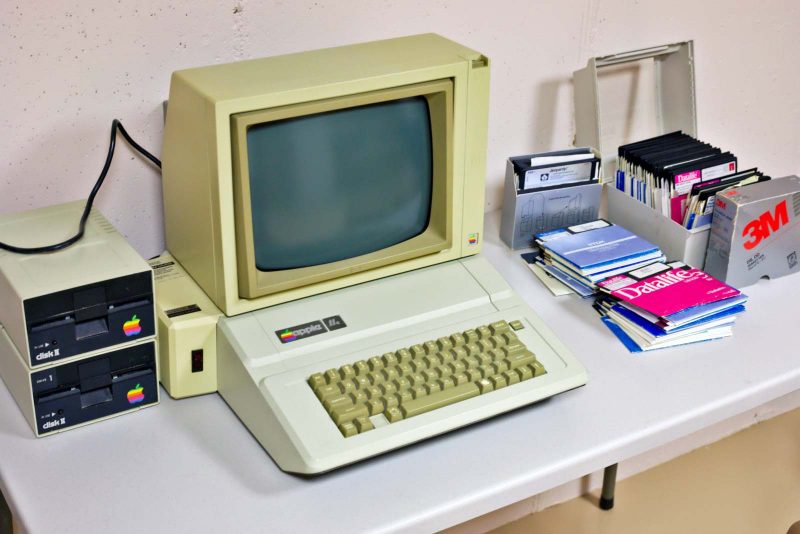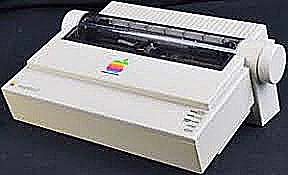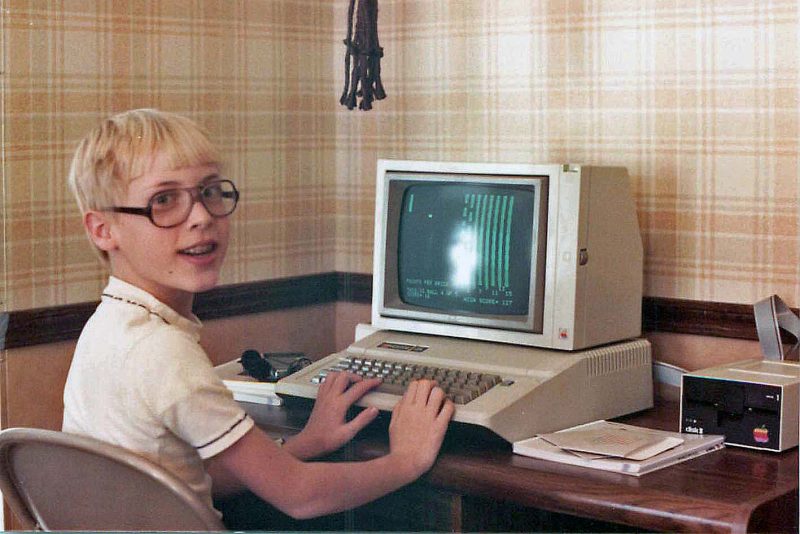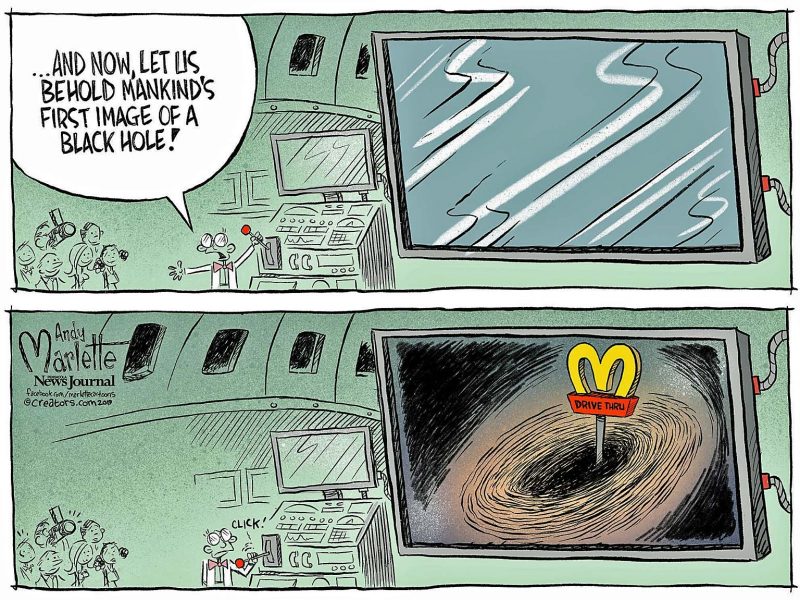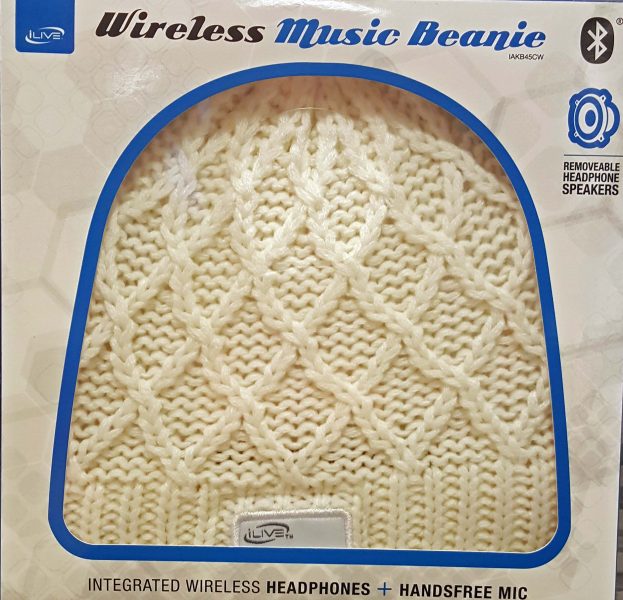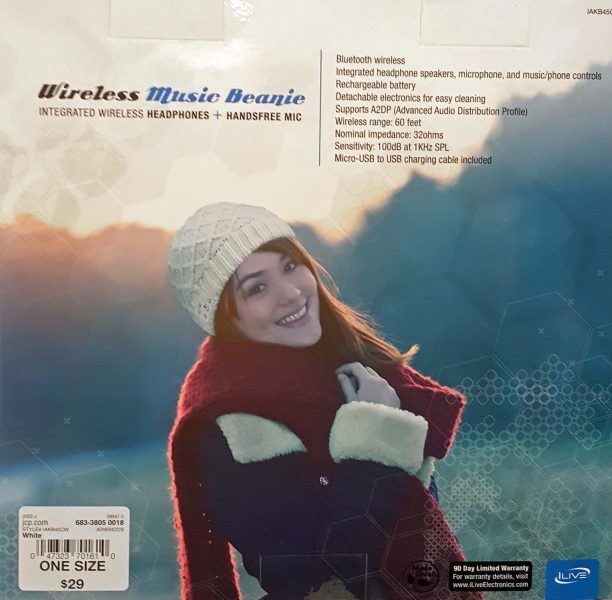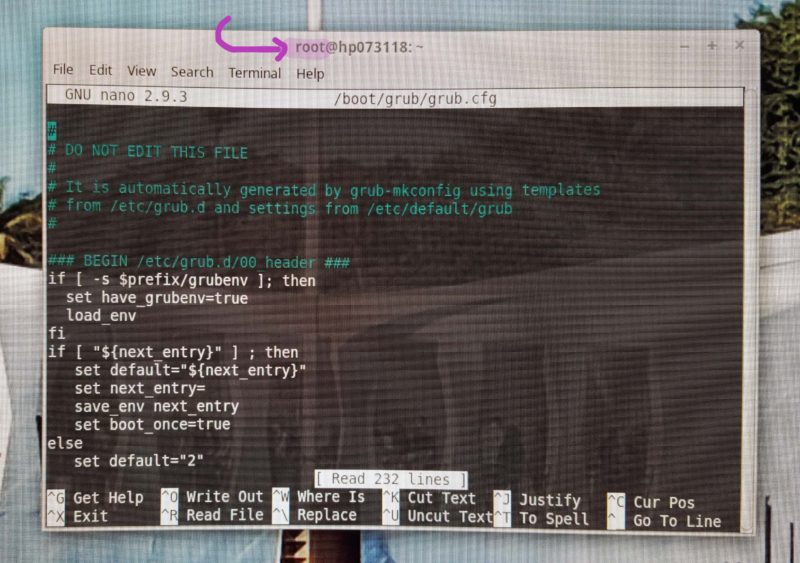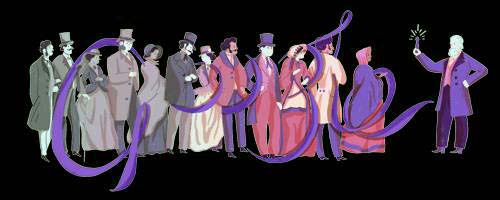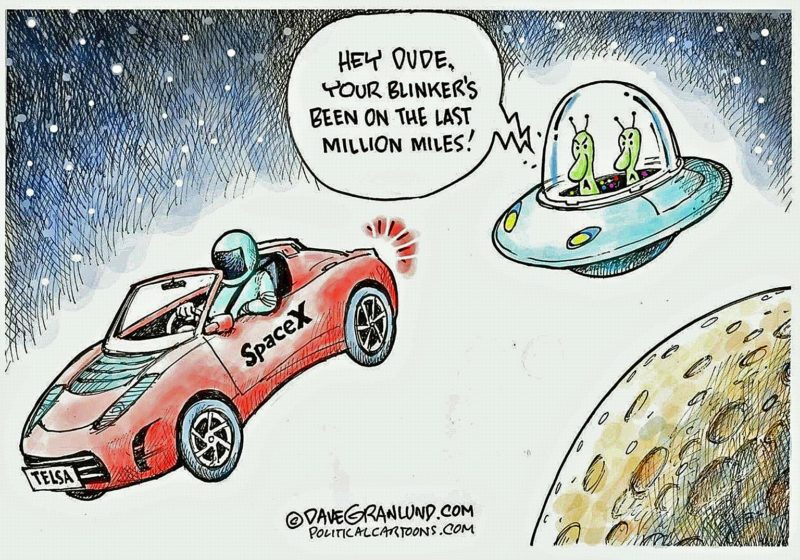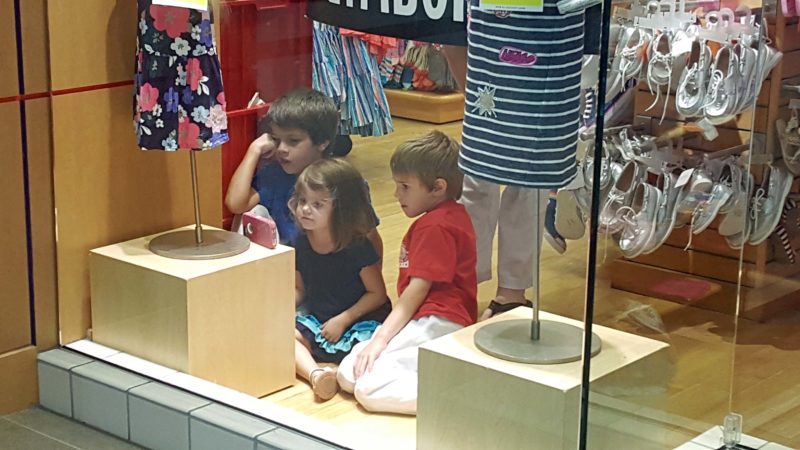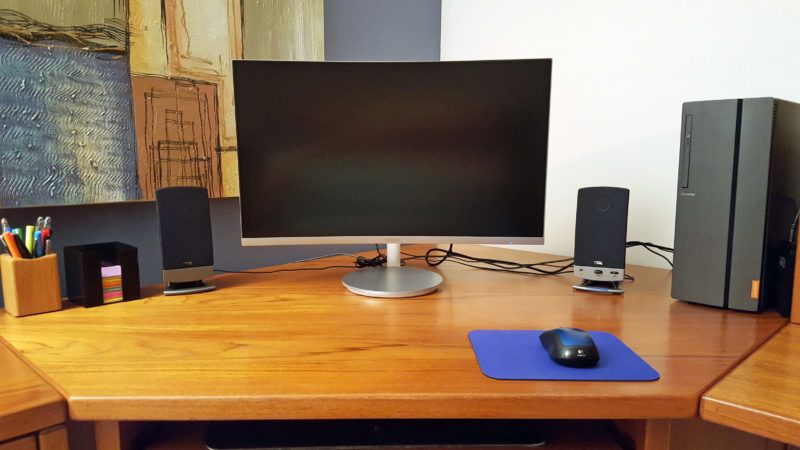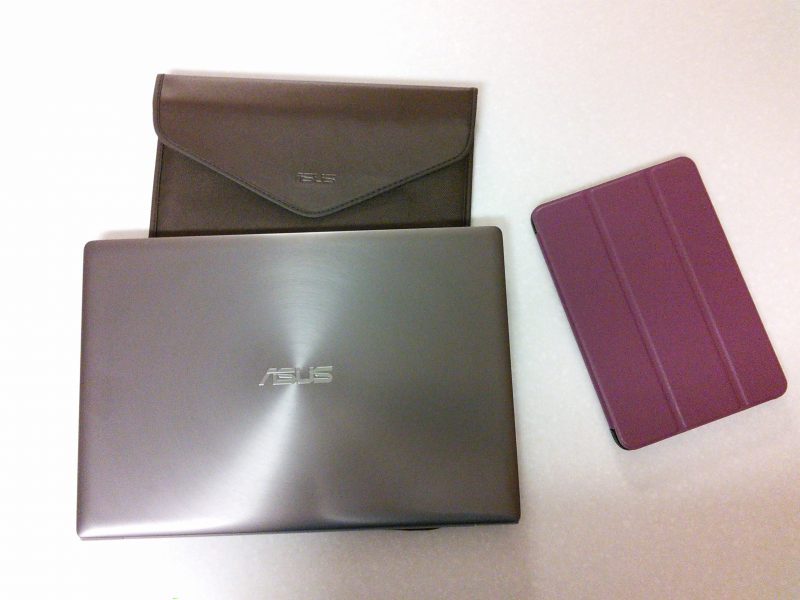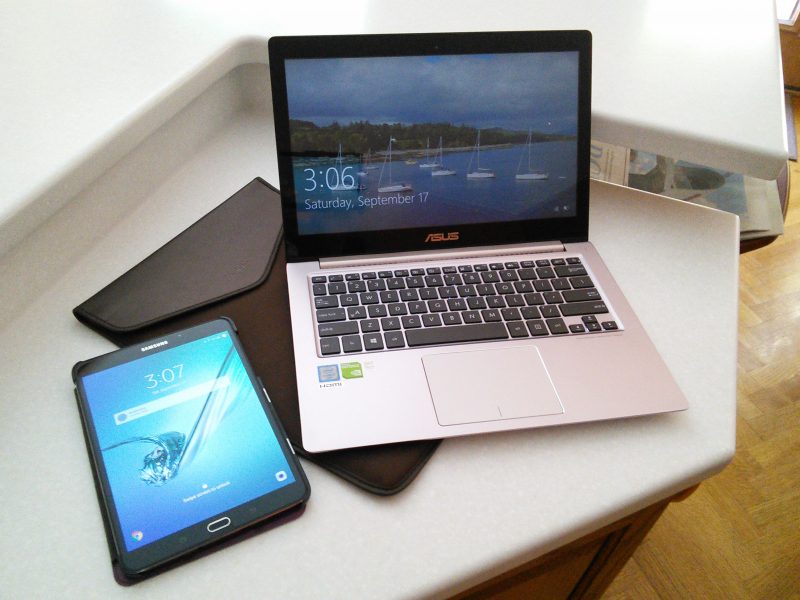My dad was an outstanding mechanic. His gifts to me when I left for college were a flathead and a phillips screwdriver, a hammer, a pliers, and a 6-inch adjustable wrench. Unusual gifts for a college woman, to say the least.* I must have exhibited enough interest in helping Dad with little jobs and watching him work that he realized I’d want to keep my things in working order after I left home. I quickly discovered that those tools were some of the most useful things I brought to college, and I still have them. (Dad didn’t buy low-quality tools.)
Word got around, and my dormmates often came to me, asking to borrow one tool or another. The same thing happened when I worked in an office. Loose drawer handle? Picture to hang? My staff knew I had some tools, and they knew it was faster and easier to borrow my tools than to put in a maintenance order.
Ted has tools stored on the shelf below the workbench in our basement workroom as well as in some of the cabinets in that room. He’s less adept–but stronger–with tools than I am (his dad was not a mechanic), so I often say that I’ve bought him all the tools I need. All of Ted’s tools are useful, but many aren’t used very often. For those little fixer-up jobs that need attention, I keep a toolbox (actually, a plastic shoebox) handy in our laundry room so that I don’t have to go to the basement to get a hammer or a screwdriver for a two-minute job. My toolbox/shoebox is stocked with “essential” tools for little jobs. It has small, medium, and large flathead and phillips screwdrivers; a hammer; a level; a 4-inch and a 6-inch adjustable wrench; a 12-inch ruler and a pencil; a 25-foot steel tape measure; two sets of allen wrenches (metric and English); etc.
My toolbox/shoebox was getting pretty full, and it shouldn’t be (see “essential”), so I dumped it out one day to sort out my essential tools and those that could be stored with Ted’s for occasional use. During the sorting process, I discovered a second hammer that I don’t remember having. The hammer is small–only about 8.5 inches long.

But, . . . it comes apart and provides 2 flathead and 2 phillips screwdrivers as well. It’s a semi-essential tool kit in one unit. Nifty!
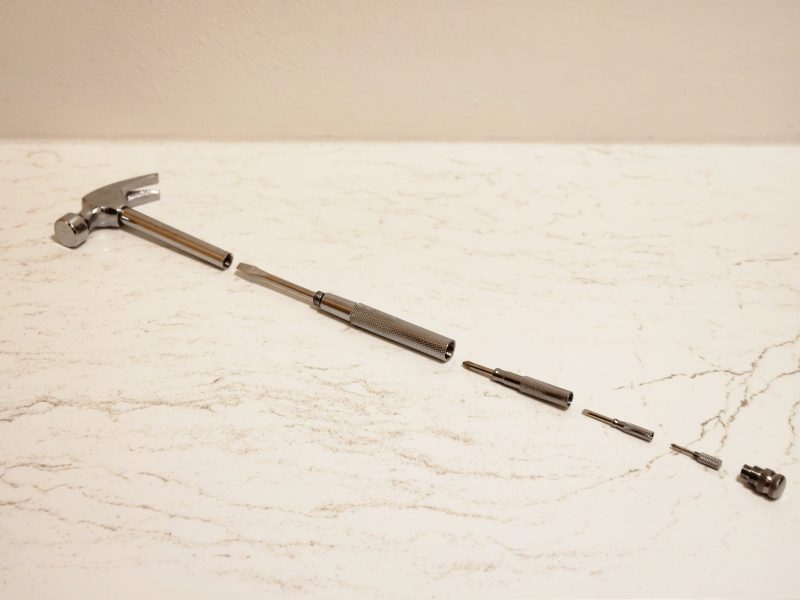
I can’t believe I didn’t remember that I had something this useful. Sometimes, you don’t know what you have until you find it!
* Dad was not a demonstrative man (huge understatement). On the day Mom drove me to college, Dad said, “I love you,” with the tools and with the words “Don’t get involved in any of those ‘Students for Lincoln’ or whatever clubs.” Translation: Those were the days of large, sometimes violent, student protests against Dow Chemical Company–the maker of agent orange–and against the Vietnam War. Members of the SDS (Students for a Democratic Society) were the most violent protesters. UC Berkeley and UW Madison were among the most active and vocal protesting colleges in the nation with large SDS memberships. Dad was worried that I’d be hurt in a demonstration and/or be put in jail like so many of the protesters.

